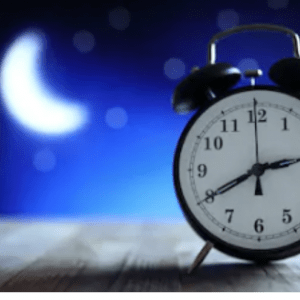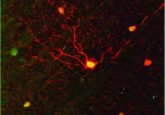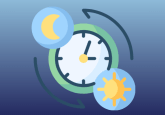Turning back the clock with technology

Research shows how late night screen time can negatively skew the body’s circadian rhythm.11025
The circadian rhythm is the body’s internal clock, responding to light in order to regulate the daily cycle of physiological processes. A skewed cycle can often lead to multiple health problems, ranging from cognitive dysfunction to obesity.
Researchers from the Salk Institute (CA, USA) have demonstrated the disruptive effect that late night exposure to artificial light can have on the natural circadian rhythm. “We are continuously exposed to artificial light, whether from screen time, spending the day indoors or staying awake late at night,” commented senior author Satchidananda Panda. “This lifestyle causes disruptions to our circadian rhythms and has deleterious consequences on health.”
The retina at the back of the eye is formed from multiple layers; the innermost containing a sub-population of light-sensitive cells. When exposed to continuous light, the protein melanopsin regenerates causing the signaling of levels of ambient light to the brain – the level of light sensed is important in regulating consciousness, alertness and sleep. Melanopsin is important for synchronizing the internal clock; after only 10 minutes of light the expression of the sleep-regulatory hormone melatonin is suppressed.
The study, recently published in Cell Reports, involved controlling the production of melanopsin in the retinal cells of mice, in which they discovered that some cells have the ability to sustain right responses where as others become desensitized.
It was found that the protein arrestin was necessary in facilitating the melanopsin’s response to light. The protein, which usually acts by preventing activity of certain receptors, helps the melanopsin to regenerate in the cells. In mice without any form of arrestin protein, melanopsin-producing cells did not sustain sensitivity to light when under prolonged illumination.
“Our study suggests the two arrestins accomplish regeneration of melanopsin in a peculiar way,” Panda explains. “One arrestin does its conventional job of arresting the response, and the other helps the melanopsin protein reload its retinal light-sensing co-factor. When these two steps are done in quick succession, the cell appears to respond continuously to light.”
These results may be of help in the development of new treatments for circadian rhythm disorders, migraines, insomnia and jet lag. The team hopes to find targets that can help counter the skewed circadian rhythm and influence the melanopsin to restore the regular body clock.





